One More Step to Go!
We have also sent a verification link to your email ID:
qabuyer@droom.in
Please verify your email account
This car is a significantly updated version of the second generation Verna that was launched in 2011. The ‘Verna 4S’, as Hyundai calls it, gets revised styling, a little more equipment and tweaks to the suspension.
On the outside
The most visible change addition, of course, is the new nose. The old swept-back headlamps have made way for a more angular pair and the ridged bonnet now flows into a larger grille. The bumper comes with reworked fog lamp housings. Walk over to the rear, and you’ll notice how the streaks on the tail-lights give it a faux LED effect and that the exhaust is now hidden from view.
While these changes help freshen up the Verna, it doesn’t quite make the same lasting impression it did when the car came out in 2011.
On the inside
Step inside and you might be forgiven for missing some of the changes. The two-tone dashboard carries on unchanged, so you still get the same high level of fit and finish. However, the blue backlighting on the audio player has begun to look a bit dated – something newer competitors’ colour screens only highlight. The audio player does gets a useful update though - 1GB onboard memory to store songs. There’s now a reach adjust function for the steering wheel that is located on the inside edge of the front passenger seat. It allows the rear passenger to move the front passenger seat forward to free up legroom.
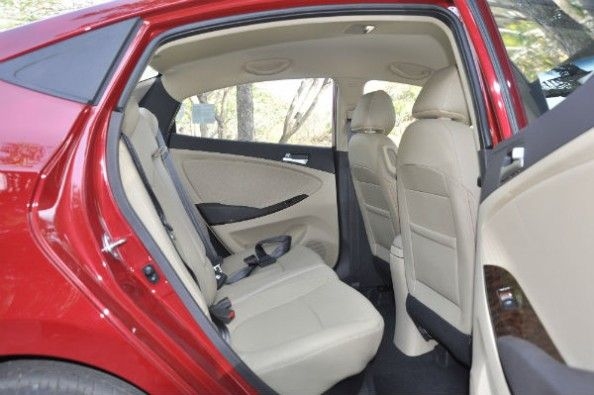
Rear seat passengers also get a revised armrest with twin cupholders and a seat with a longer base. Thigh support is better but you still sit lower than you’d have liked, the windows tend to feel a tad too high.
Power Torque
Mechanically, the engine and gearbox options remain the same as before, so you can choose between a 107hp, 1.4-litre petrol engine (with a five-speed manual), a 123hp, 1.6 petrol (with a five-speed manual or four-speed auto), a 90hp, 1.4 diesel (with a six-speed manual) and lastly, a 128hp, 1.6 diesel (with a six-speed manual or four-speed automatic). The diesel engines get a mild update of their own with a new, low friction coating on their pistons to improve refinement, emissions and efficiency. The 1.4 diesel’s fuel economy is up 1.3kpl (to 24.8kpl) and the 1.6’s has improved to 23.9kpl.
What’s crucial though are the changes that have been made to the rear suspension. There are new coil springs (there to make the ride flatter), a low velocity valve on the dampers (there to smoothen rebound) and new bump stops (there to minimise the ‘thud’ on full compression that Vernas have been notorious for).
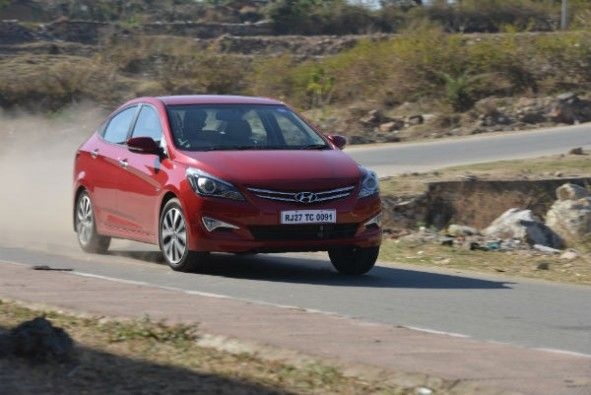
The first Verna’s suspension setup was a major issue for customers. These changes are there to build on the suspension tweaks the Verna got in mid-2013. ABS is standard across the range now.
From behind the wheel
The changes to the suspension have made all the difference. It feels more absorbent with that trademark tendency to bottom-out all but gone. As before, there’s a nice softness to the low-speed ride but unlike before, there’s a newfound confidence in the way the Verna behaves at high speeds. Compared to the earlier version, this one feels far more settled, has a flatter ride and overall stability is improved too. But it isn’t as buttoned down to the road at high speeds with a fair bit of vertical movement on gentle undulations.
The fact is the Hyundai is still quite far from the ride and handling benchmarks set by the Ford Fiesta and Fiat Linea. The steering still weights up inconsistently and calls for minute but constant inputs to keep the car on the desired course. Even through tighter corners, the Verna still feels a touch soft and decidedly unsporty. More so, the petrol version, where the suspension doesn’t seem as well set up as the heavier diesel version’s.
The engines work pretty much the same as before. The petrol is refined, if a bit underwhelming, in terms of performance. More so because it is the most powerful car in its class. As for the 1.6 diesel, it scores for refinement but once again doesn’t feel as strong as the power figure would lead you to expect. What also takes getting used to are the brakes. While stopping power is good, the ABS system kicks in way too early.
Is it worth the money?
The Verna does hold on to its other core strengths of offering excellent refinement, a plush cabin and a lengthy features list. What is a huge improvement is the way it rides and handles – still not the best in its class, but it’s much easier to handle than the earlier car. In a way, the Verna has become more easier to recommend than ever before.
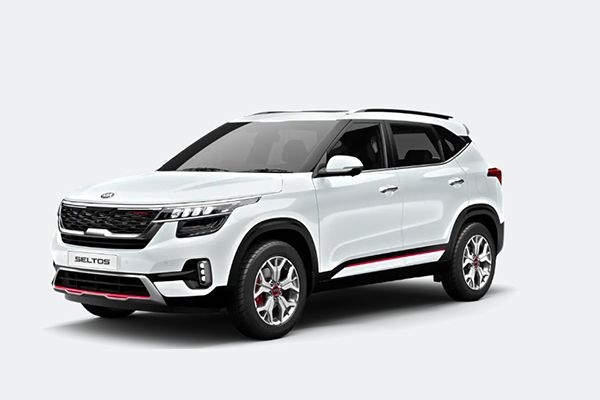
Kia recently unveiled the 2023 Seltos facelift in India, and the bookings for the updated model will start on July 14.
Read More
We drove the Hyundai i20 N Line recently to find out whether it really delivers a sporty experience?
Read More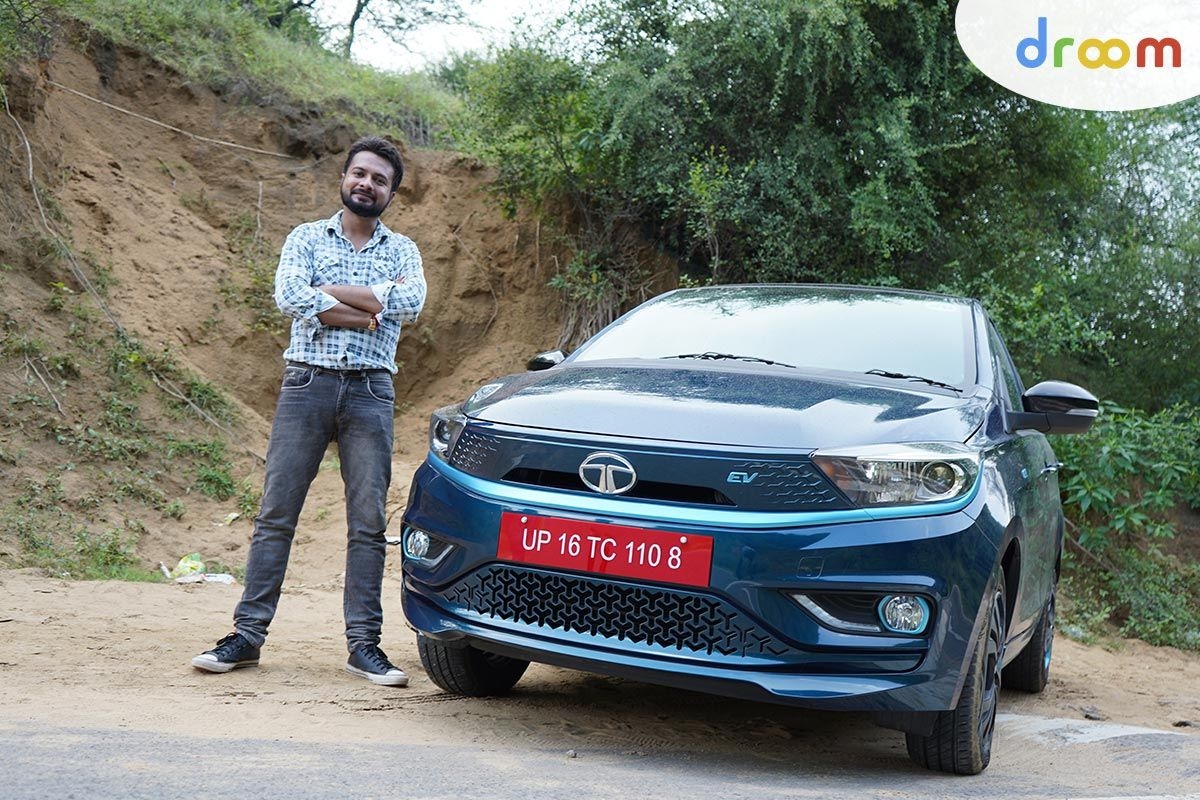
We recently took the Tigor EV out for a spin and we gathered interesting information about it
Read More
Introduced last year at the Delhi Auto Expo, Volkswagen Tiguan All-Space aims to offer more room and an additional row of seats. Can it manage to take away a few chunks from the full-grown SUV pie is what we are here to find?
Read More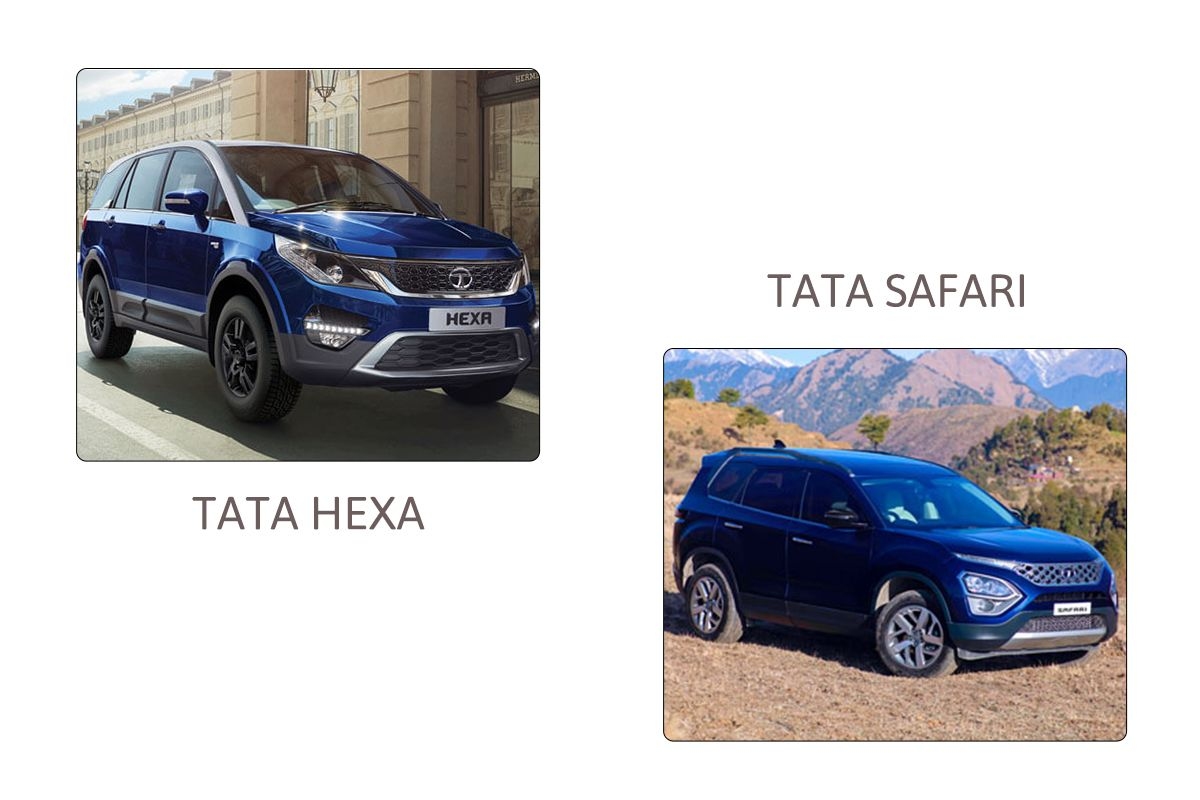
New Tata Safari or Used Tata Hexa: Price, Variants, Features & Engine Specifications
Read More
Toyota Kirloskar Motors last year entered the subcompact SUV space with the Urban Cruiser. What is this new model all about, let us find out?
Read More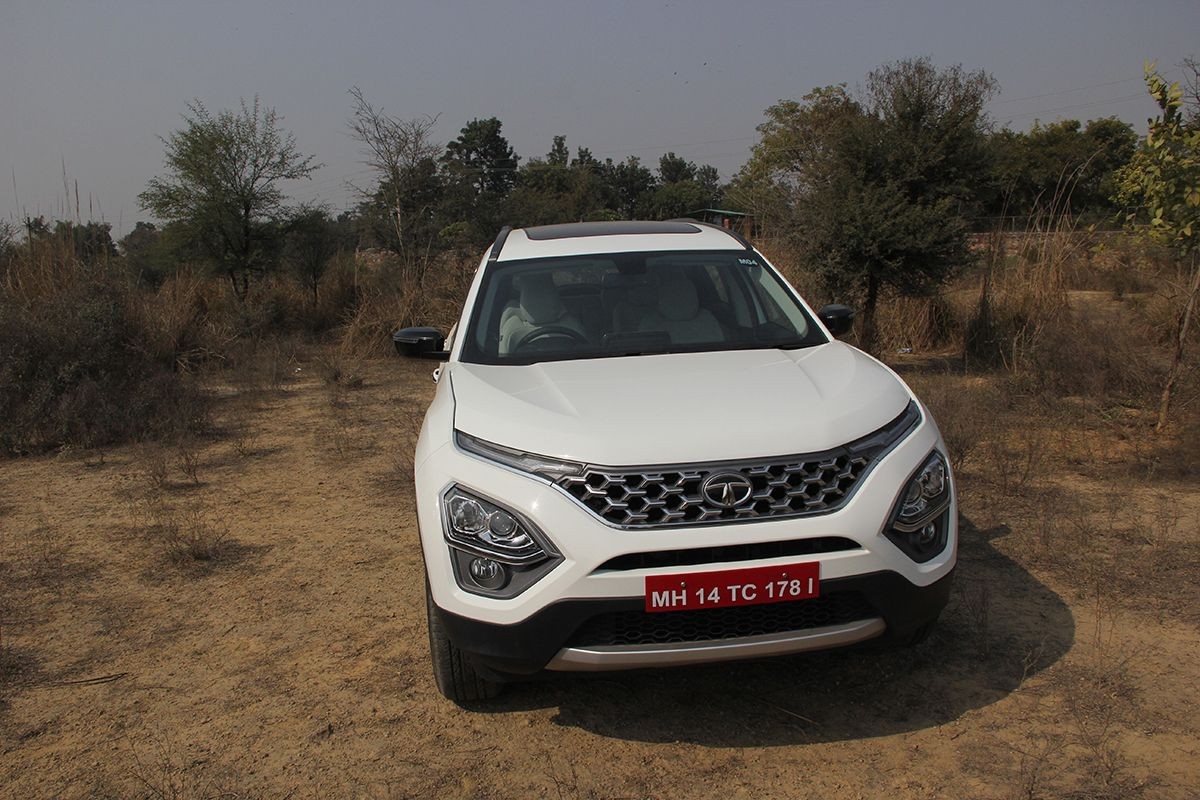
The Safari badge is back - can Tata Motors recreate history by bringing back the iconic SUV? Let us find out.
Read More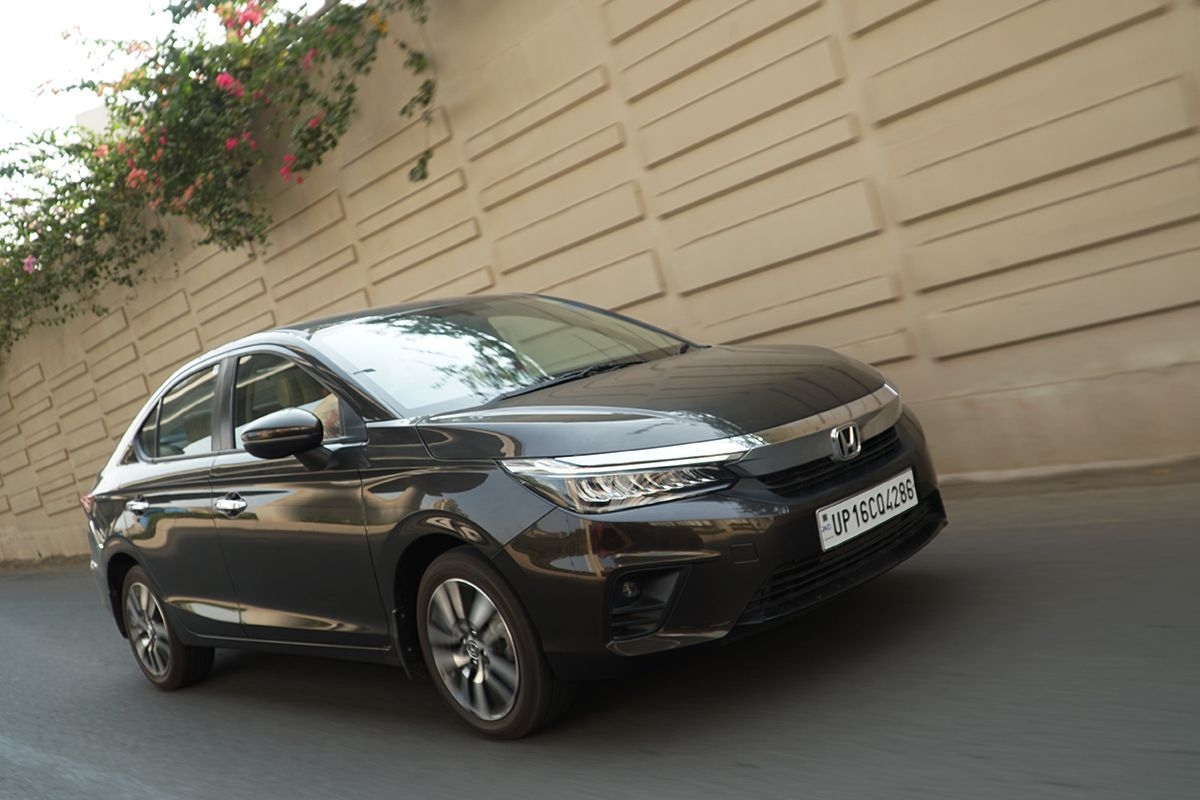
The Honda City, since its inception back in 1998, has enjoyed the popularity like no other mid-size sedan in its segment. With the introduction of the 5th Generation City, can Honda be able to set a higher benchmark for its most beloved sedan we try to find out.
Read More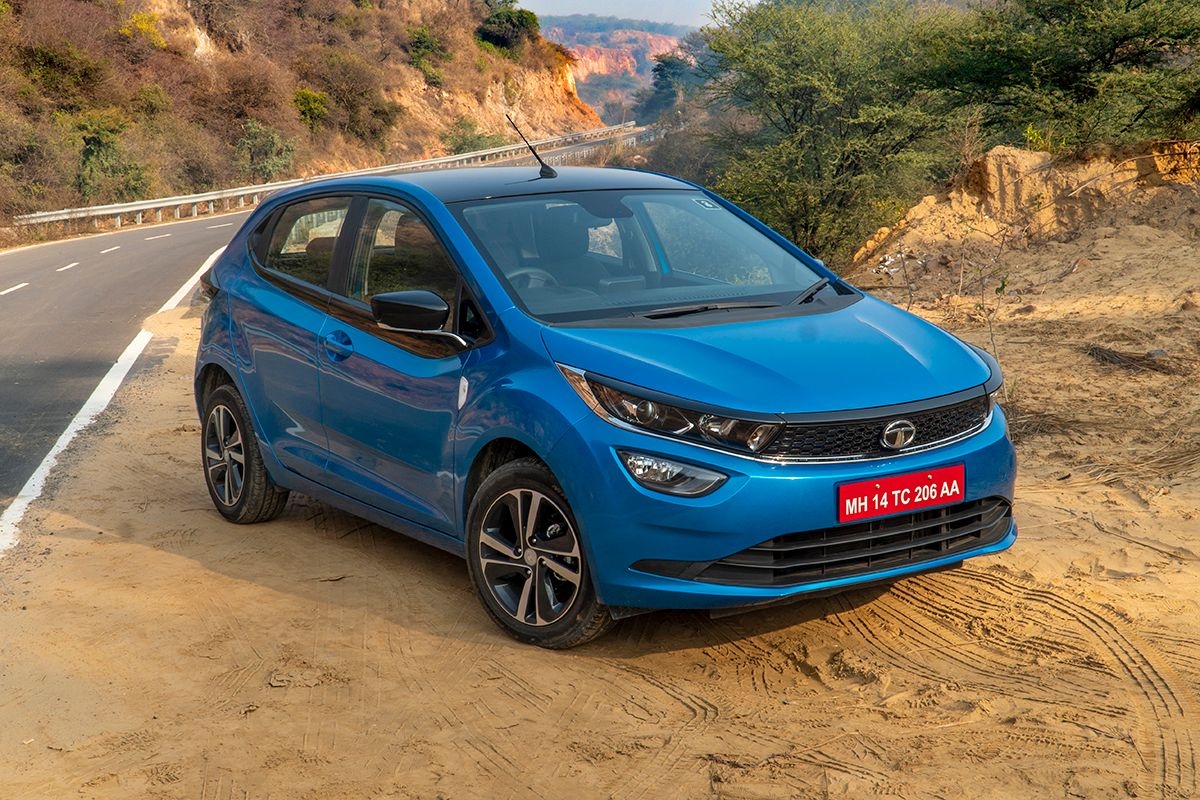
On the eve of its first Anniversary, Tata Motors has given the Altroz a boost in the form of a turbo charged petrol engine. We drive it to find out how much of a thrill does it provide against its rivals.
Read More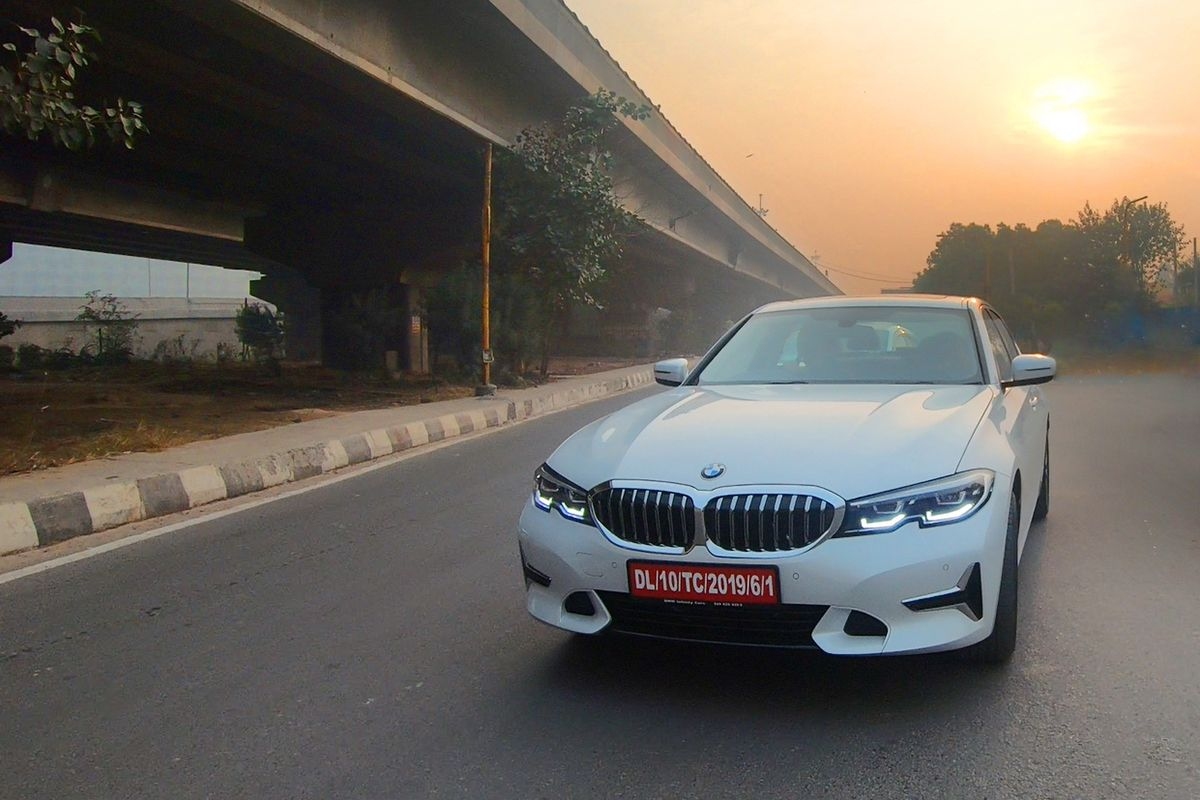
One of the best-selling models for BMW world over, the 3 Series will now offer customers that extra bit of comfort due to its extended wheelbase.
Read More
Jeep had launched the Compass way back in 2017. Since then it has been the best-selling model for the company in India. A couple of days back, Jeep India unveiled the facelifted version of Compass in the country. The SUV made its global debut in November last year.
Read More
Toyota Fortuner facelift price begins from Rs 29.98 Lakhs while the Legender variant is priced at Rs 37.58 Lakhs
Read More